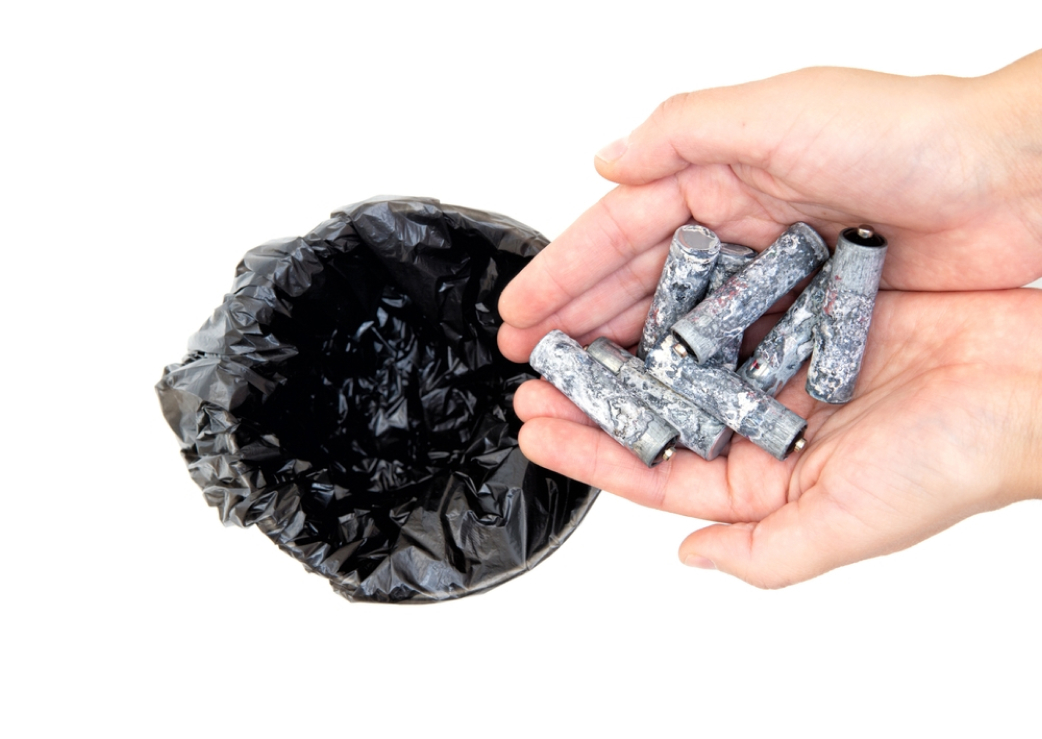

With regularly introduced improvements and new technologies, electronics become waste at a faster rate than ever before.
The transition to a circular economy is estimated to represent a $4.5 trillion global growth opportunity by 2030*, while helping to restore our natural systems.
About 90 billion tons of natural resources are extracted each year to support the global economy.
That’s more than 12 tons for every person on the planet, and based on current trends, that number is expected to double by 2050. Currently, only 9% of resources find their way back into products after first use.
Globally, 53 million tons of e-waste were generated in 2020, only 20% of which was properly recycled.
There is no reliable data on exactly what happens to the remaining 80%, but much of it is either landfilled or exported to developing countries where it is improperly processed.
We aim to set the standard for responsible recycling practices for electronics now and in the future.
However, many people do not realize why it is so important to reuse and recycle electronics. For starters, e-waste is the source of about 70% of the toxic heavy metals in landfills. Improper disposal of this e-waste poses serious health risks and long-term environmental damage.
The danger of e-waste


